Newly hatched brine shrimp (Artemia sp.) are used by many hobbyists to feed small fish, cichlid and livebearer fry, and coral reef tanks. For those hobbyists that like to raise cichlids, it is often an essential first food for the newly free swimming fry. Most newly free swimming cichlid fry will only eat if the food is alive.
Newly hatched brine shrimp are most nutritious when they first hatch and lose much of their nutritional value within 24 hours after hatching. Try to use up all the brine shrimp within 24 hours after hatching. Brine shrimp eggs typically start hatching in about 24 hours at 70° to 80° F (21° to 27° C). You should have two containers for hatching brine shrimp if you plan on raising small fry; one you will feed out of and the other for hatching. I always start a new batch in the evening after the last feeding. The following day I will feed out of the container I started two evenings ago.
I use two-liter plastic soda bottles with the bottoms cut off for hatching. The airline is connected to rigid airline tubing (about 12 inches [30 cm] long). The rigid airline is placed inside the bottle. The airline is connected to a gang valve to control the airflow rate. Typically only a small air pump is required to aerate the hatcheries. San Francisco Bay Brand® also makes a stand that you can screw the neck of the bottle into. It also has an airline to hook it up to an air pump and three bags of eggs and salt. Once you have used up all the initial eggs/salt bags with the kit, you can buy the eggs by themselves and use two tablespoons of aquarium or marine aquarium salt. Eggs in a container by themselves usually have a better hatch rate. Marine aquarium salt also increases the hatch rate of the eggs. The eggs and newly hatched brine shrimp must be aerated to keep them alive.
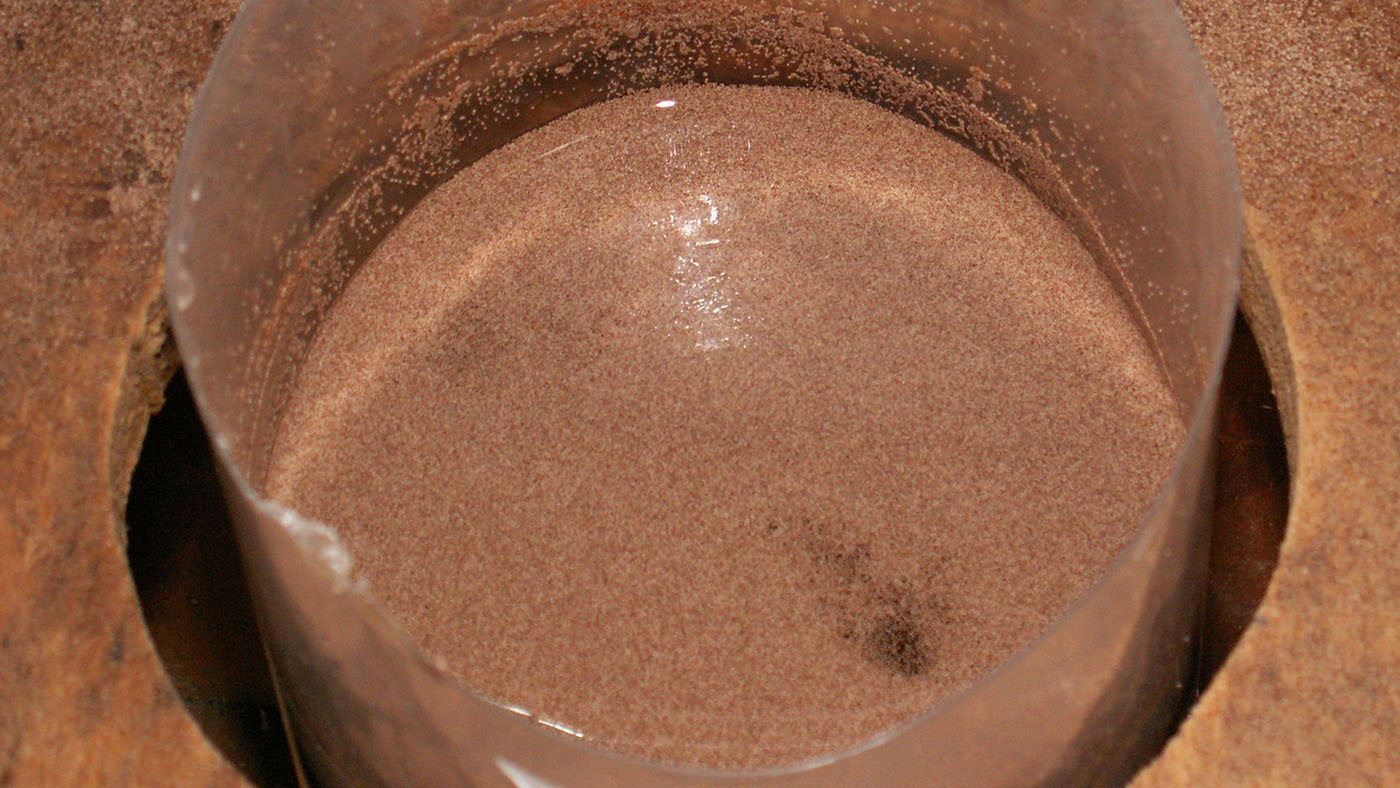
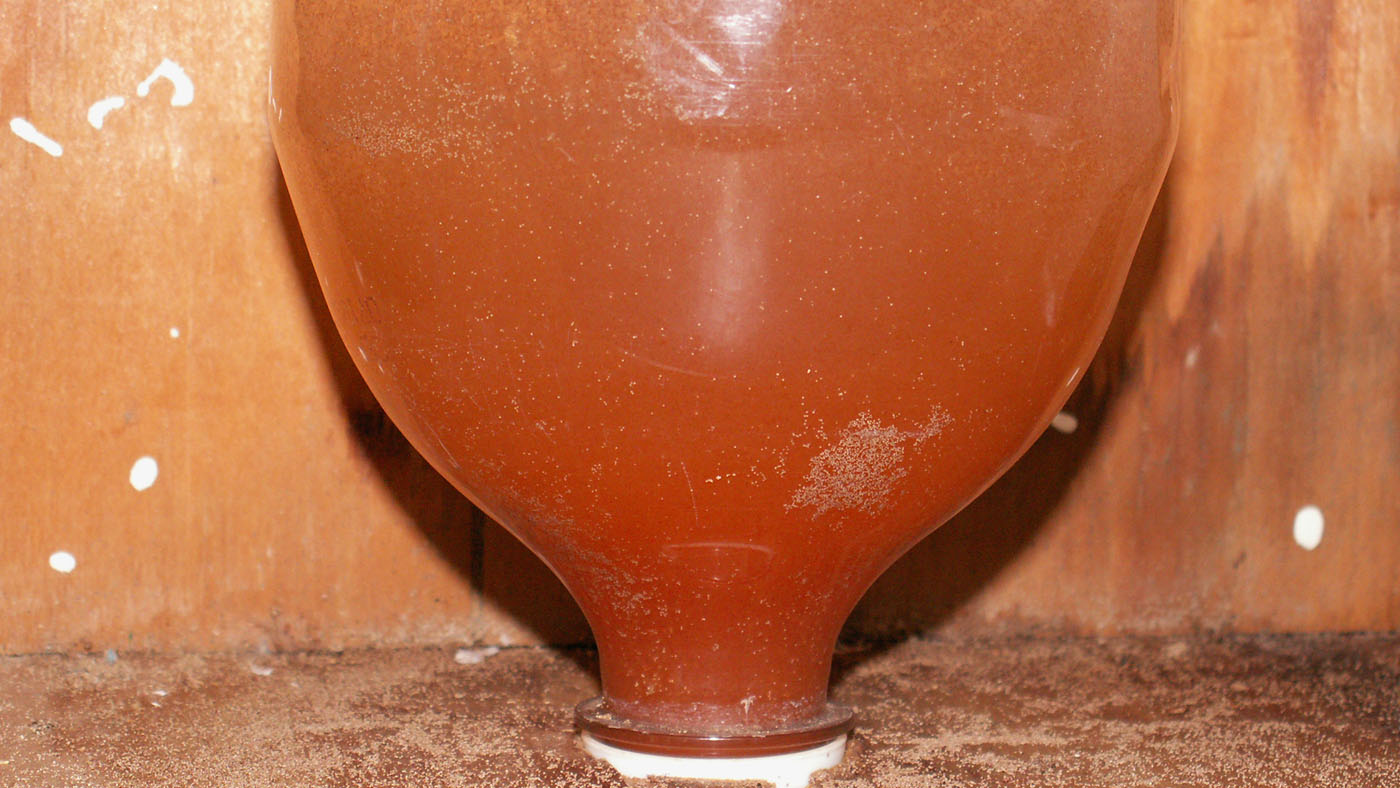
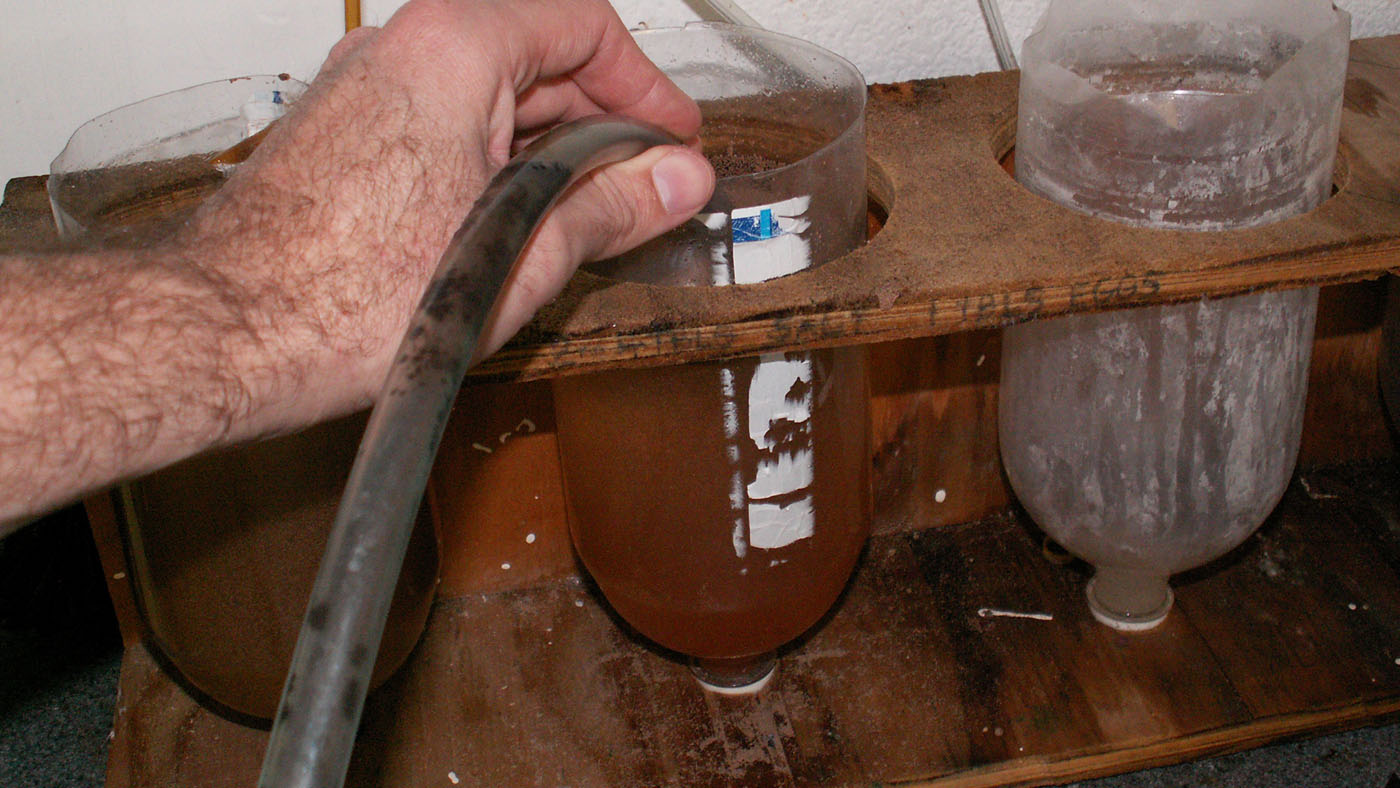

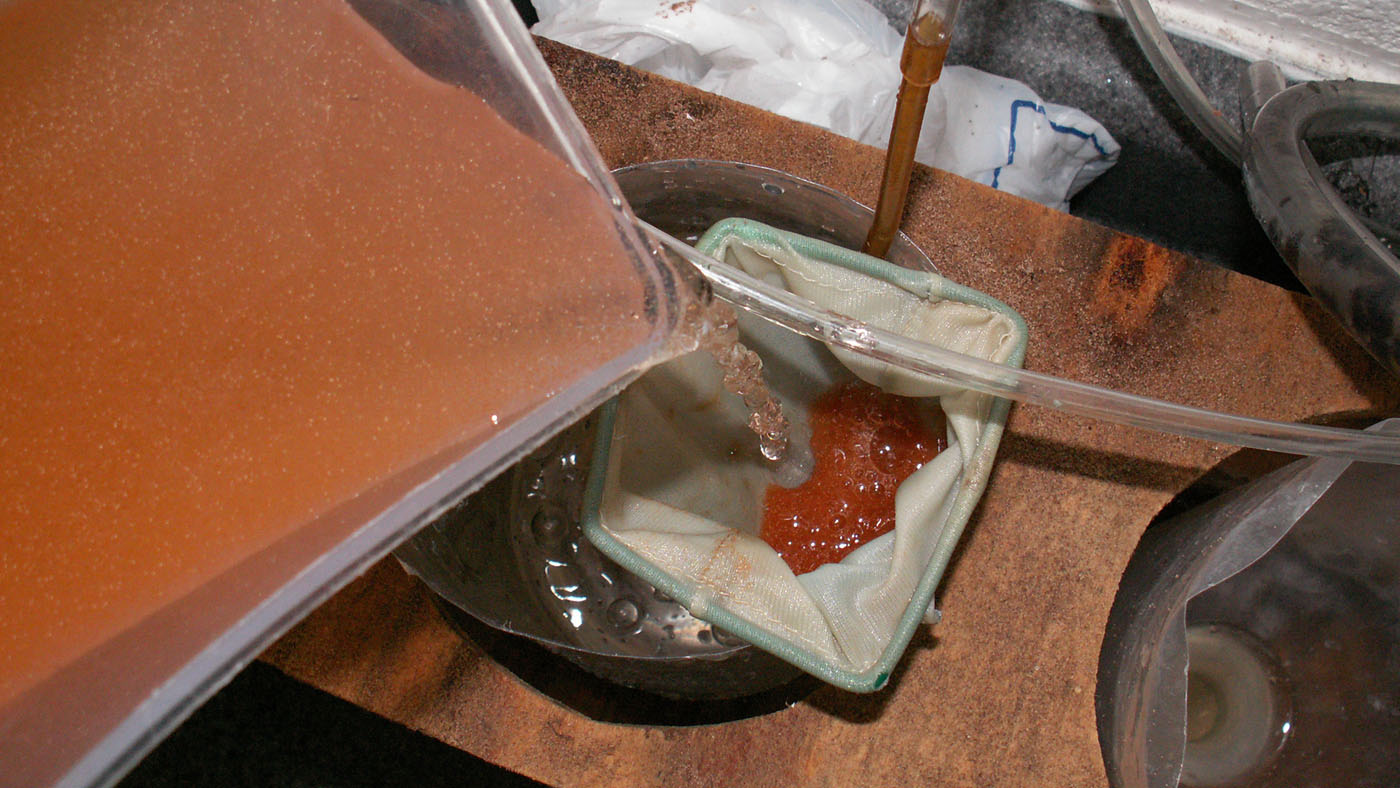
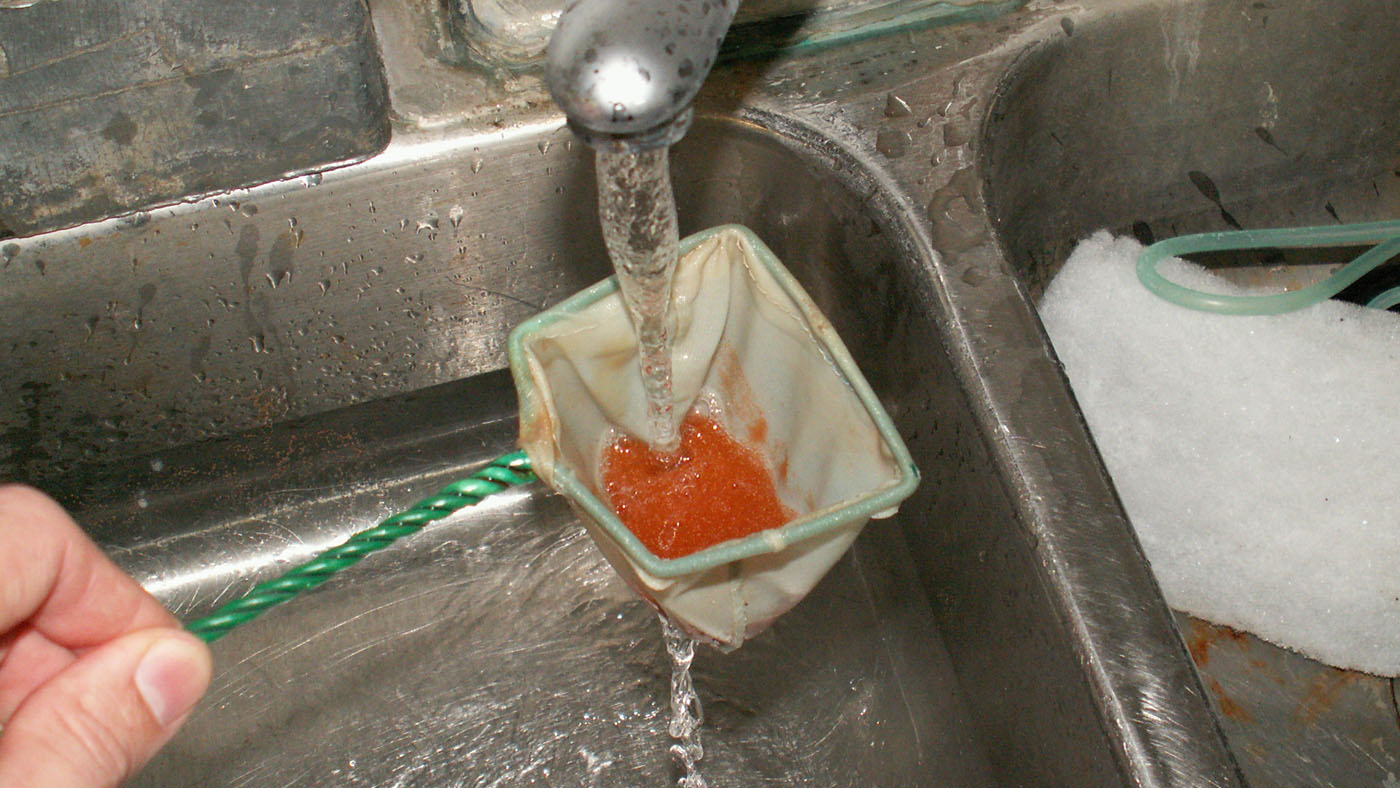
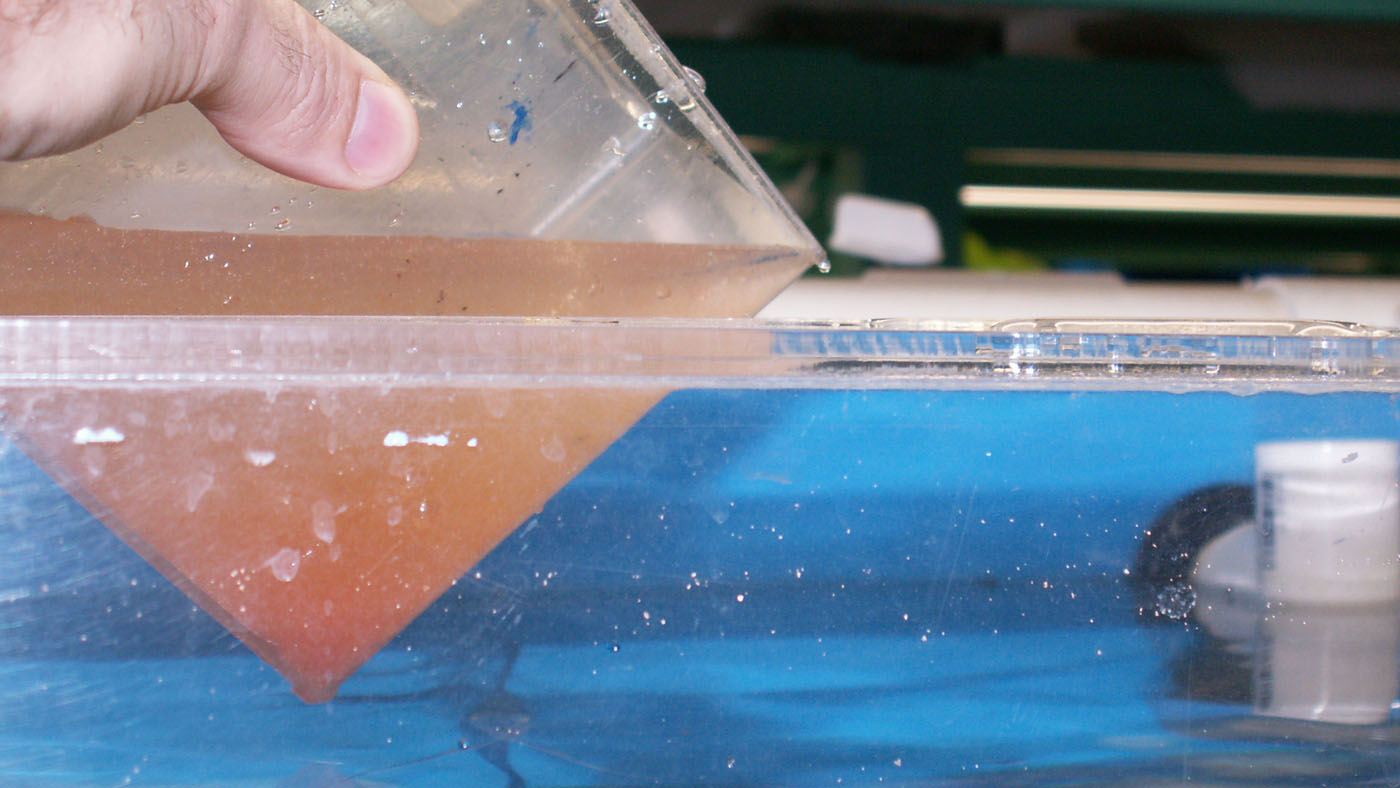
Normally cichlid fry will need to be fed newly hatch brine shrimp 2 to 3 times per day and for 2 to 3 weeks before you can switch them over to other small foods.
